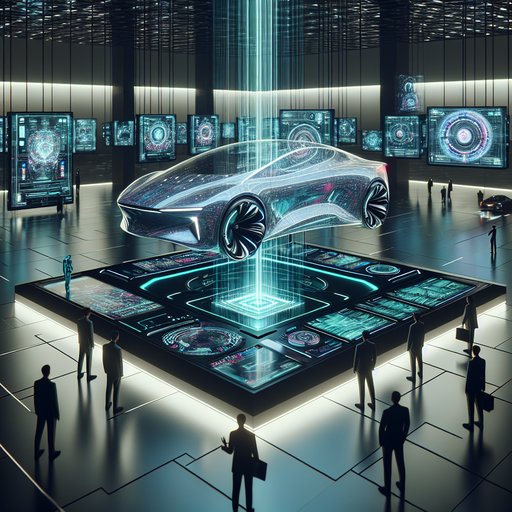
As 2025 model-year cars roll into showrooms, crash-avoidance, sensing, and driver-monitoring systems are being shaped as much by designers and curators as by engineers. Museums and design-led institutions are helping audiences understand how vehicles now anticipate hazards, see in poor light, and watch for driver fatigue—turning safety into an experience people can learn and trust. The result is a clearer public conversation about what’s in the car, what data it uses, and how interfaces guide behavior, even as regulators tighten standards and automakers push over-the-air updates.
Crash-avoidance features have moved beyond basic warnings into active assistance, and design choices determine whether drivers accept the help. Automatic emergency braking now recognizes pedestrians and cyclists, while intersection assistants and evasive steering support aim to prevent side-impact and turning collisions. Euro NCAP’s 2025 protocols raise the bar on night, motorcycle, and junction scenarios, and U.S. regulators finalized rules in 2024 to make AEB standard later this decade.
In galleries and marque brand museums, curators frame these systems as coordinated works—visual, haptic, and acoustic cues—so audiences can see how anticipation, not reaction, is the new aesthetic of safety. Sensor suites are becoming both more capable and better integrated visually, a challenge designers treat as a material problem. High-dynamic-range cameras, imaging radar, and solid-state lidar combine with thermal infrared to pick out vulnerable road users in rain, fog, and low light. Edge AI on centralized controllers fuses the streams, but the physical placement of sensors and light bars influences how the car “signals” awareness to people outside it.
Exhibitions on design for perception have begun to show raw point clouds and heat maps as artifacts, making the invisible work of detection legible to visitors without overstating autonomy. Driver monitoring has matured from steering-torque heuristics to inward-facing infrared cameras that track gaze, eyelid closure, and head pose. European General Safety Regulation phases in attention and drowsiness warnings across new models, and rating bodies reward systems that intervene gently before risk escalates. New cabins blend capacitive wheel sensing, subtle haptics, and contextual prompts that de-escalate distraction rather than punish it, with most processing kept on-device to reduce privacy concerns.
Curators present these interfaces alongside historical breathalyzers and seat-belt campaigns, connecting today’s human–machine negotiation to earlier public-health design victories. Institutions have been key translators: MoMA’s “Automania” and the V&A’s “Cars: Accelerating the Modern World” positioned the car as a designed environment, while London’s Science Museum explored autonomy’s trade-offs for broad audiences. Building on that lineage, museum programs this year are foregrounding safety graphics, sound design, and simulator rooms that let visitors feel AEB and lane support without the sales pitch. Corporate and civic collections are acquiring sensor-laden production models as design objects, preserving the evolving language of light signatures and cockpit UX.
For collectors, curators, and the public, the immediate impact is literacy: understanding what the car perceives and how it communicates, which is essential for trust as more assistance reaches the street.












